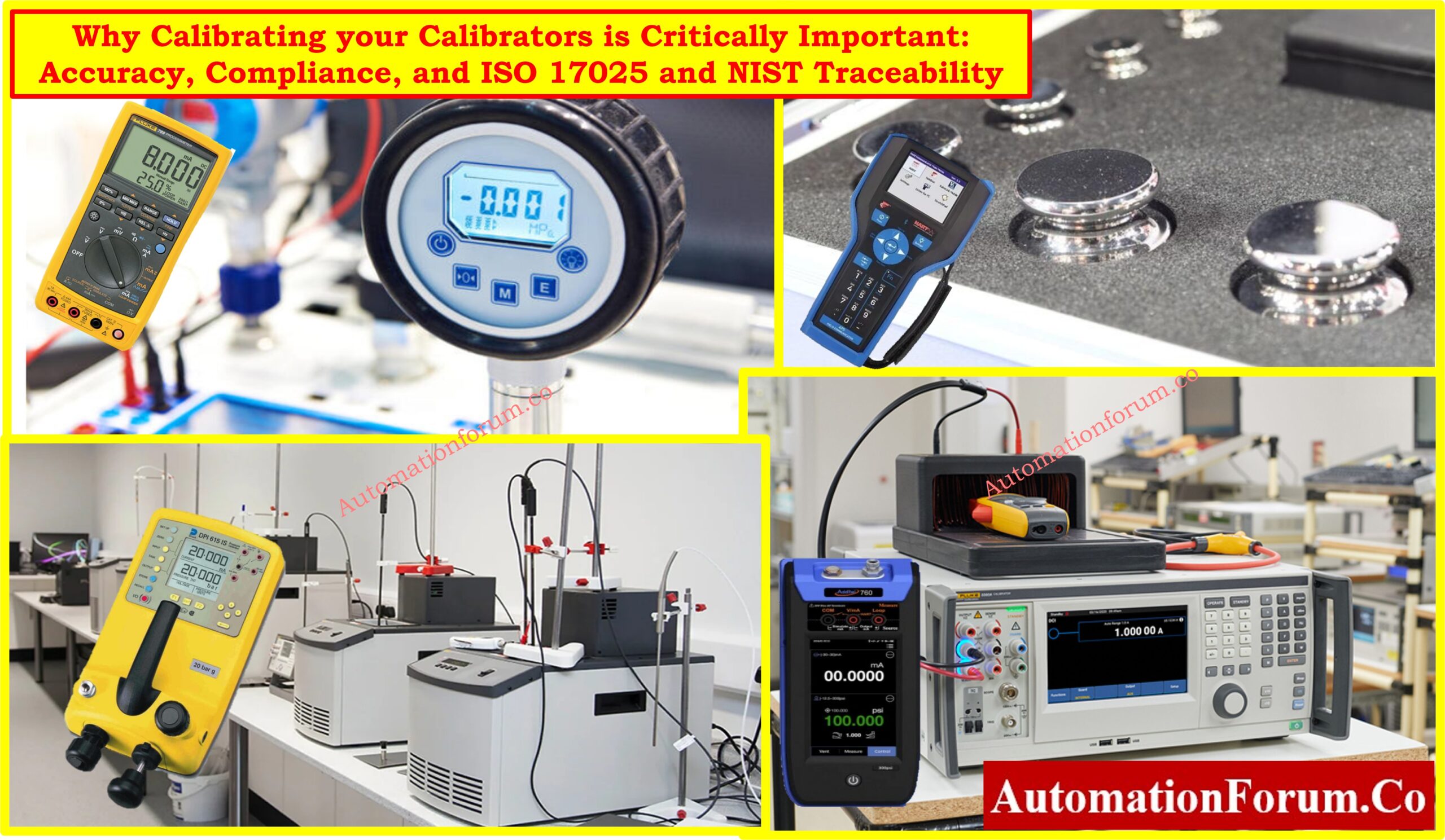Monitoring and safeguarding rotating machinery like steam and gas turbines in process sectors depends much on Turbine Supervisory Instrumentation (TSI). Engineers and instrumentation experts asking to evaluate and expand their knowledge of advanced TSI systems will find this quiz useful. These 25 multiple-choice questions will challenge both conceptual understanding and practical application covering important subjects including vibration monitoring, axial displacement, rotor dynamics, temperature sensors, and protective schemes. Every question has a thorough explanation to improve knowledge. This test will push and hone your abilities whether you are getting ready for a technical interview, certification, or daily operational excellence.
Click here for Explore 30+ Instrumentation and Control: Engage with Our Interactive Learning Quiz!





